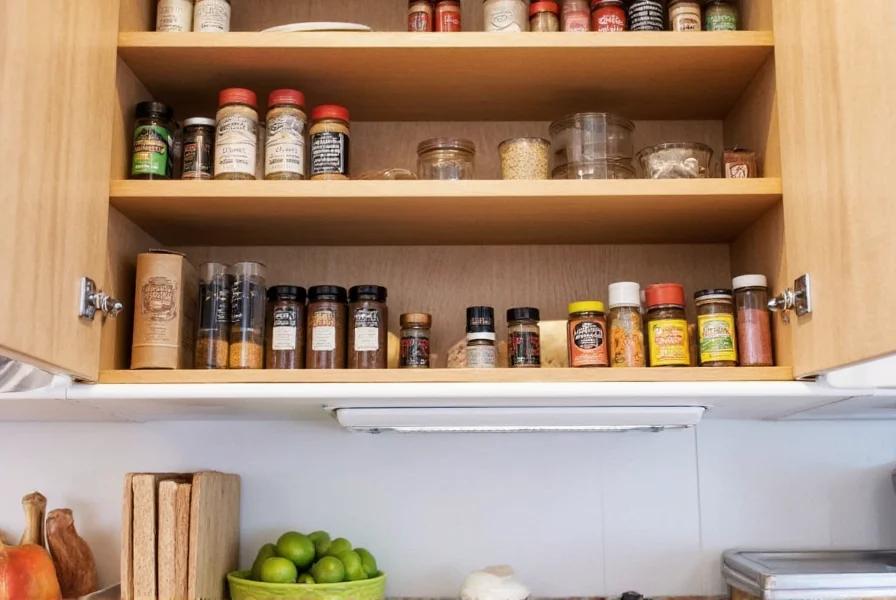As a cat owner, understanding the relationship between cinnamon and your feline companion is essential for maintaining a safe household environment. Many pet parents wonder is cinnamon toxic to cats when they're cooking or using natural pest control methods. The answer requires nuance, as different forms of cinnamon present varying levels of risk to our feline friends.
Understanding Cinnamon's Effects on Cats
Cinnamon contains compounds like cinnamaldehyde and coumarin that can irritate a cat's sensitive systems. Unlike humans, cats lack certain liver enzymes needed to efficiently process these compounds, making them more vulnerable to potential adverse effects. While cinnamon powder safe for cats in very small culinary amounts, concentrated forms present significant risks.
Different Forms of Cinnamon and Their Risks
The risk level varies dramatically depending on how cinnamon is presented:
| Cinnamon Form | Risk Level | Primary Concerns |
|---|---|---|
| Culinary powder (small amounts) | Low | Mild gastrointestinal upset if ingested |
| Cinnamon sticks | Low-Moderate | Choking hazard, mild irritation if chewed |
| Cinnamon essential oil | High | Liver damage, respiratory distress, chemical burns |
| Cinnamon-based air fresheners | Moderate | Respiratory irritation from inhalation |
Of particular concern is cinnamon essential oil and cats. Essential oils are highly concentrated and pose the greatest danger. Even diffused oils can cause respiratory issues in cats due to their sensitive respiratory systems. The ASPCA Animal Poison Control Center lists cinnamon essential oil as potentially toxic to cats.
Symptoms of Cinnamon Exposure in Cats
If your cat has been exposed to significant amounts of cinnamon, particularly essential oil, watch for these symptoms of cinnamon exposure in cats:
- Excessive drooling or pawing at mouth
- Vomiting or diarrhea
- Difficulty breathing or wheezing
- Lethargy or weakness
- Low heart rate
- Redness or irritation on skin/paws
- Liver damage (in severe essential oil cases)
What to Do If Your Cat Is Exposed to Cinnamon
If you suspect your cat has ingested or been exposed to cinnamon, particularly essential oil, follow these steps:
- Remove any remaining cinnamon source from your cat's reach
- If on skin: Gently wash with mild soap and water
- If in eyes: Flush with lukewarm water for 5-10 minutes
- Do not induce vomiting unless directed by a veterinarian
- Contact your veterinarian or animal poison control immediately
For what happens if cats eat cinnamon in small culinary amounts, monitor your cat for 24 hours for any signs of gastrointestinal upset. Most cats will experience no issues or only mild, temporary symptoms from minimal exposure to food-grade cinnamon.
Safe Alternatives for Cat Owners
If you're using cinnamon for cooking or natural pest control, consider these cat-safe alternatives:
- For cooking: Use cat-safe herbs like catnip, valerian root, or small amounts of parsley
- For pest control: Try diatomaceous earth (food grade) or pet-safe commercial repellents
- For air freshening: Use ventilation instead of scented products
When searching for safe spices for cats, remember that most culinary spices aren't appropriate for feline consumption. Cats have very different digestive systems than humans, and what's safe for us may not be safe for them.
Prevention Tips for Cat Owners
To keep your cat safe around cinnamon and similar substances:
- Store spices securely in closed cabinets
- Avoid using essential oil diffusers in homes with cats
- Be cautious with natural cleaning products containing cinnamon
- Supervise cooking activities where spices are used
- Keep your veterinarian's emergency contact information readily available

When to Consult Your Veterinarian
While minor exposure to culinary cinnamon typically doesn't require veterinary attention, contact your vet immediately if:
- Your cat has ingested cinnamon essential oil
- Symptoms persist for more than 12 hours
- You notice difficulty breathing or severe lethargy
- Your cat has consumed a large quantity of cinnamon
Always provide your veterinarian with details about what your cat was exposed to, the estimated amount, and when the exposure occurred. This information helps them determine the appropriate course of action for cinnamon and cats safety concerns.
Understanding Feline Sensitivity to Spices
Cats have a much more sensitive sense of smell than humans, with approximately 200 million scent receptors compared to our 5 million. This heightened olfactory ability means that spices like cinnamon, which we might find pleasant, can be overwhelming or irritating to cats. Their respiratory systems are also more delicate, making them vulnerable to airborne irritants from powdered spices or essential oils.
When considering can cats be around cinnamon during normal household use, the key is moderation and proper storage. Occasional cooking with cinnamon while keeping your cat in another room typically poses minimal risk, but chronic exposure or direct contact should be avoided.










 浙公网安备
33010002000092号
浙公网安备
33010002000092号 浙B2-20120091-4
浙B2-20120091-4